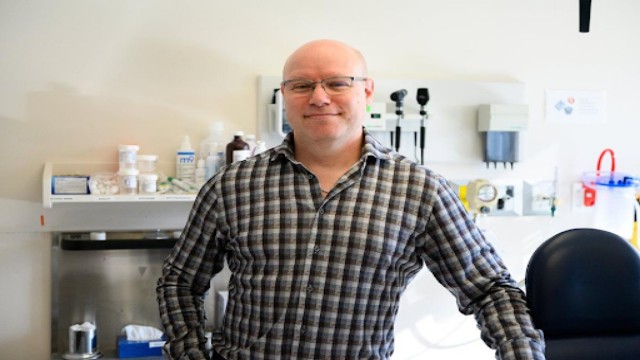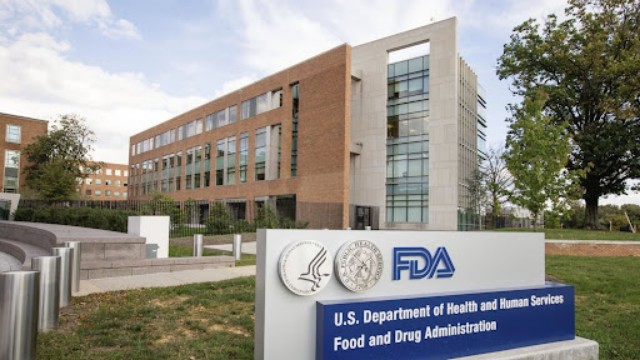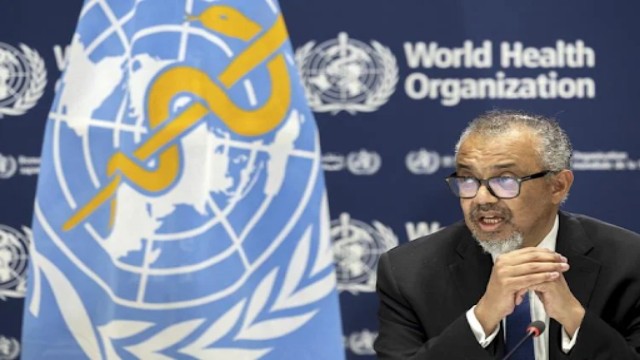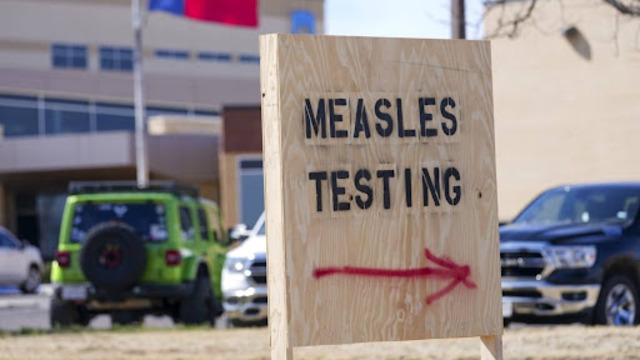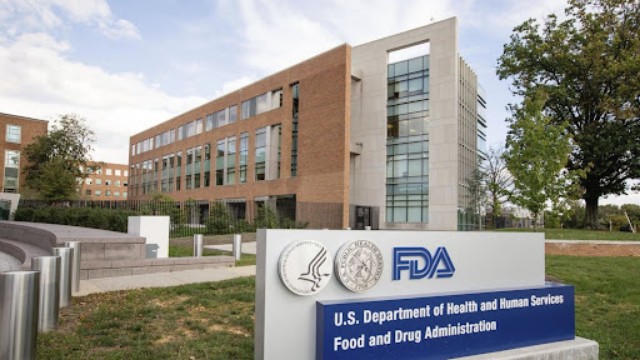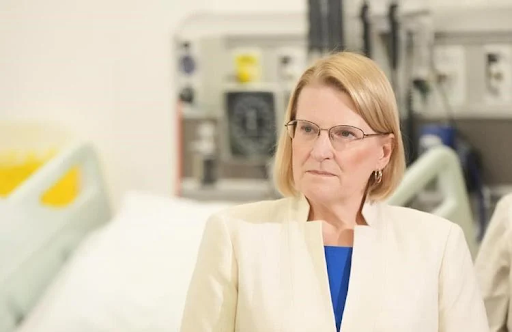
Ontario Health Minister Sylvia Jones stands next to a hospital bed as she attends an announcement at Seneca College, in King City, Ont., Friday, Feb. 9, 2024. THE CANADIAN PRESS/Chris Young CHY/
The Ministry of Health in Ontario has contradicted concerns about a shortage of doctors, presenting arguments during arbitration with the Ontario Medical Association (OMA) regarding physician compensation. This debate arises as negotiations for the next Physician Services Agreement face challenges, prompting arbitration to determine compensation for the initial year while discussions continue for the subsequent period.
Despite the OMA's repeated warnings about over two million residents lacking a family doctor and thousands of unfilled physician positions, the Ministry asserts that the recruitment and retention of doctors are not major issues in Ontario. Dr. David Barber, representing the OMA, expresses dismay at the Ministry's stance, considering it dismissive and potentially harmful. He emphasizes the urgency of stabilizing family doctors' practices, citing the dire state of affairs.
The OMA proposes a substantial increase in compensation, including a five percent general price hike, a 10.2 percent adjustment for inflation since 2012, and additional funds for health system programs. In contrast, the Ministry suggests a more conservative three percent increase, arguing against the need for catching up on past inflation rates.
The Ministry supports its position by highlighting Ontario's success in attracting medical graduates and its growth in physician numbers, surpassing population growth rates. It points out that the average physician income has risen by about 10 percent, while patient encounters per physician have declined, suggesting a need for improved efficiency rather than increased compensation.
Concerns arise regarding the discrepancy between rising physician incomes and declining patient access, prompting speculation about factors such as work-life balance preferences among doctors. The Ministry advocates for a different approach to physician agreements compared to nurses, citing recent agreements that addressed shortages more directly.
Additionally, the Ministry outlines various initiatives aimed at enhancing patient care and access to family doctors, indicating its commitment to addressing healthcare challenges comprehensively. However, the OMA counters with alarming statistics, including over two million residents lacking a family doctor, census data suggesting a shortage of over 2,000 doctors, and over 3,000 physician job vacancies according to Health Force Ontario.
The OMA characterizes the situation as a physician human resources crisis, citing evidence such as patient unattachment to family physicians, emergency department closures and overcrowding, long waitlists for specialists, and surgical backlog post-pandemic. Despite the Ministry's position, OMA insists on the urgency of addressing these issues.
In response, Health Minister Sylvia Jones defends the government's approach, emphasizing initiatives aimed at improving healthcare access and reducing emergency department visits. She rejects claims of insult towards physicians and emphasizes the government's commitment to patient care.
However, NDP health critic France Gelinas criticizes the government's response, urging collaboration with physicians to tackle the underlying issues driving doctors away from family medicine. Gelinas highlights the significant number of Ontarians without access to a family doctor and calls for proactive measures to address this pressing healthcare issue.
Overall, the debate between the Ministry of Health and the Ontario Medical Association underscores the complex challenges facing Ontario's healthcare system, including physician shortages and patient access issues. Finding a mutually agreeable solution will require collaboration and compromise from both parties to ensure the delivery of quality healthcare services to all Ontarians.



